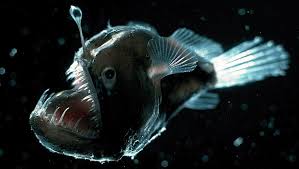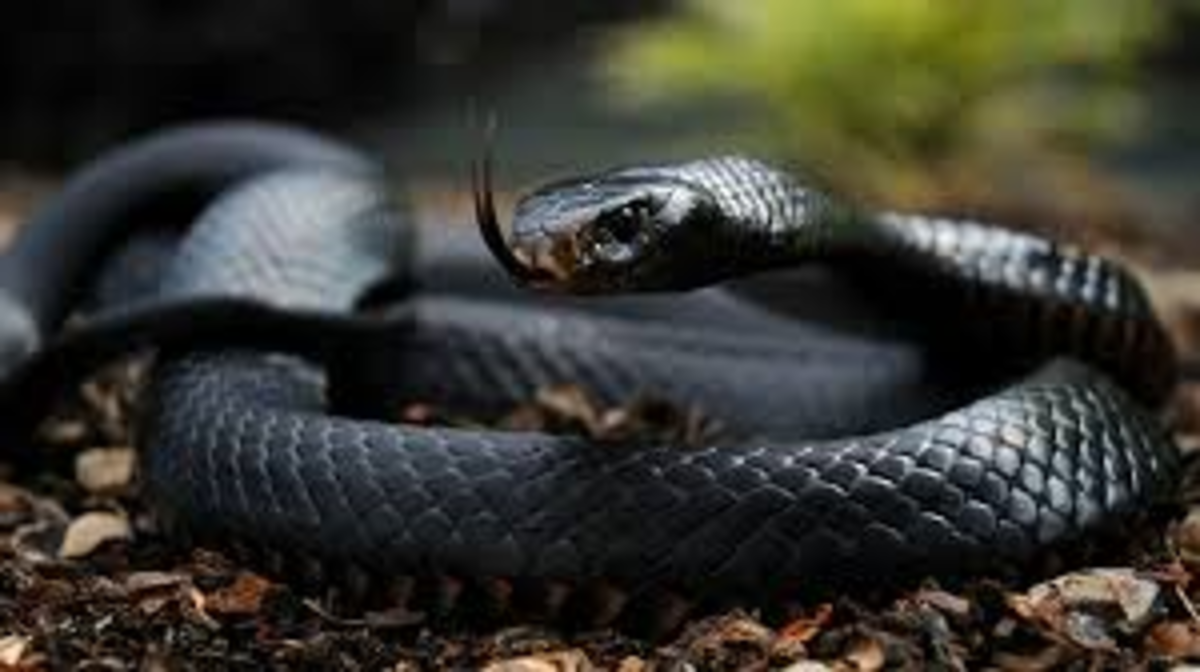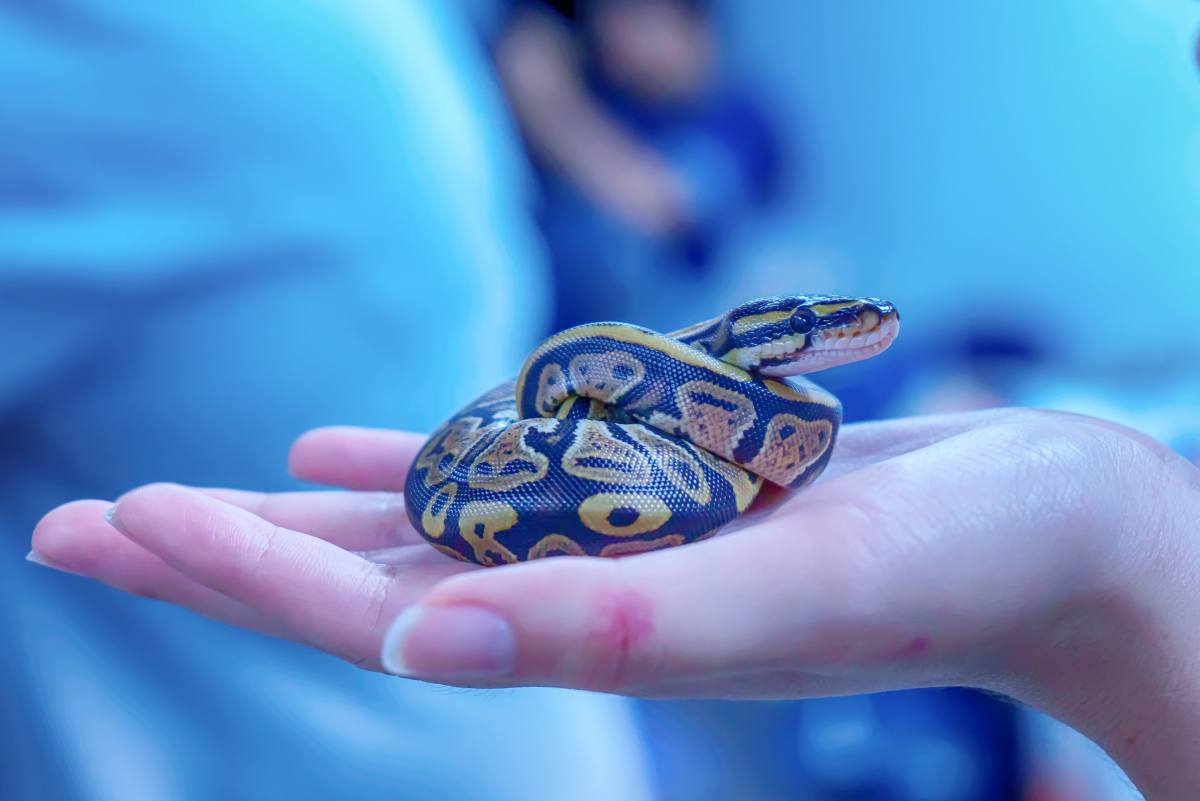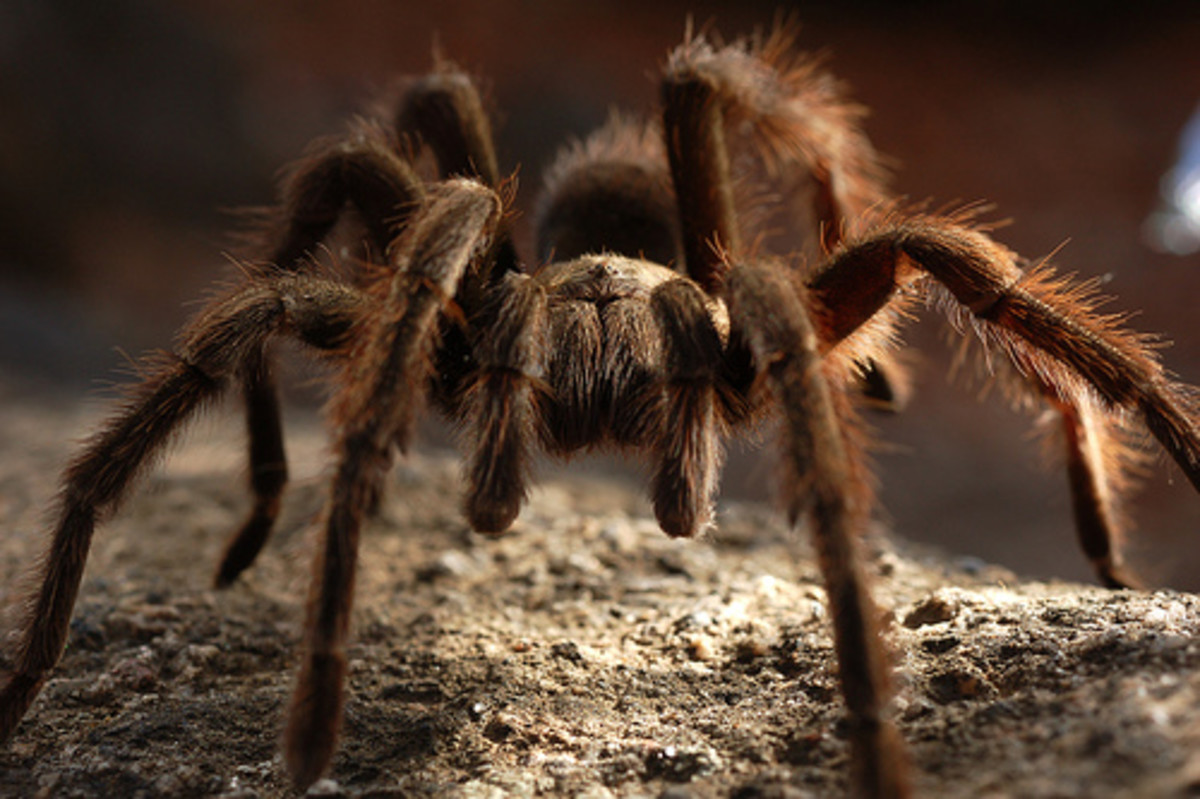Nature...Evolution...always Wonderful and often Weird
A few of the tricksters
Click thumbnail to view full-size




Some hubbers and visitors may be aware that this writer is fascinated by the world of arachnids - spider, etc., as well as that of the venomous reptiles of the planet, our gorgeous snakes.
So coming across the story of the protagonist in today's 'creature-feature,' the "Spider-Tailed Horned Viper," (Pseudocerastes urarachnoides) caused a fevered brow and the shout of 'Eureka!'
Many predators use a lure which is part of their bodies to lure prey to within reach of snapping jaws - the Angler Fish is a standout example. (see below). And in several species of snake, evolution has modified the scales near the tail to perhaps fool insect eating birds to approach close enough for the snake to successfully strike and devour its prey.
But none has been gifted with such a realistic 'lure' as the spider-tailed viper. In fact, it could easily fool a passing human into trying to catch the 'spider,' but that would be foolish as the snake has a nasty venom and a lightning strike lasting 2/10 of a second; it would take umbrage at your pinching of its tail!. Over the millenia, the snake has modified scales at the tip of its tail, plus features a grey 'blob' like the body of many spiders.
Only discovered and filmed convincingly recently, the viper is a native of Western Iran, home to a dozen venomous snakes.
Luring Prey (Caudal Luring).
Of the more interesting creatures which have developed this cunning way to hunt, the North American Aligator Snapping Turtle, is one of the best known. This 100 pound monster has a tongue or which the tip resembles a wiggling worm. It rests on the bottom of rivers and lakes with its huge mouth open and its 'worm' frantically wiggling until prey swims into its mouth and the powerful jaws close like a steel trap.
The above mentioned angler fish has a modified dorsal spine extending upwards from huge jaws (it must easily win a prize as the ugliest fish in the sea!). On the tip of the spine is a bulb containing luminous bacteria which is attractive to the angler's prey who swim in and "Slam!" That's all she wrote, folks. Interestingly, the rest of the fish is so well camoflaged only the lure can be seen.
We have a bird - the Green Heron - who has learned to drop small twigs, etc., into the water. Fish swimming up to investigate are met by a spear like beak as the heron completes the drama.
Assassin bugs have the trick of tapping on a spider's web until the resident shuffles over for a meal, only to become dinner herself, a victim of the assassin's superior mandible power.
Mexico's very nasty, venom-wise, the Cantil Horned Viper, related to North America's Copperhead, has what appears to be a wiggly worm at the tip of it's rear end. With a mind-numbing speedy strike, any prey creature investigating is soon incapacitated by the snake's venom and devoured.
The beautiful Margay Cat of Mexico and Central America has learned to imitate the sound made by a distressed baby monkey. Mum hastening to the rescue becomes the Margay's lunch.
Even the Jaguar of the Central and South American jungles has leaned to employ both ends when hunting. Jaguars (who, incidently, have a bite more powerful that an African lioness!) flick the water with the tip of their tail and scoop any marine creature investigating out of the water with their 2-inch dagger- like claws.
And there are many more, but none found to date has a lure quite as realistic as the Iranian Spider-Tailed Horned Viper.
Nature...Evolution...An absolute marvel.













